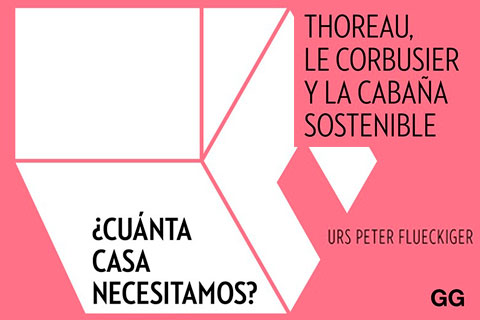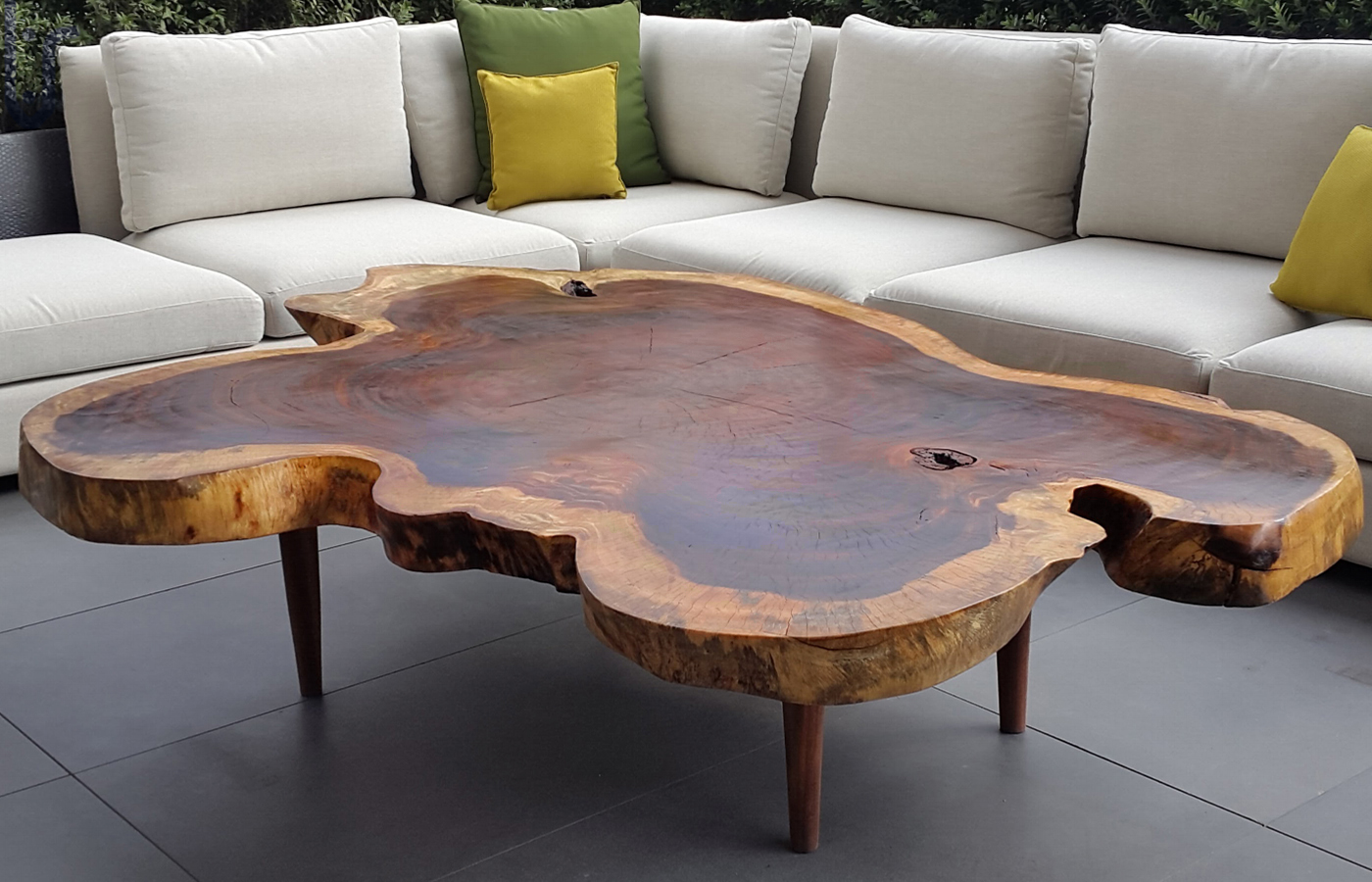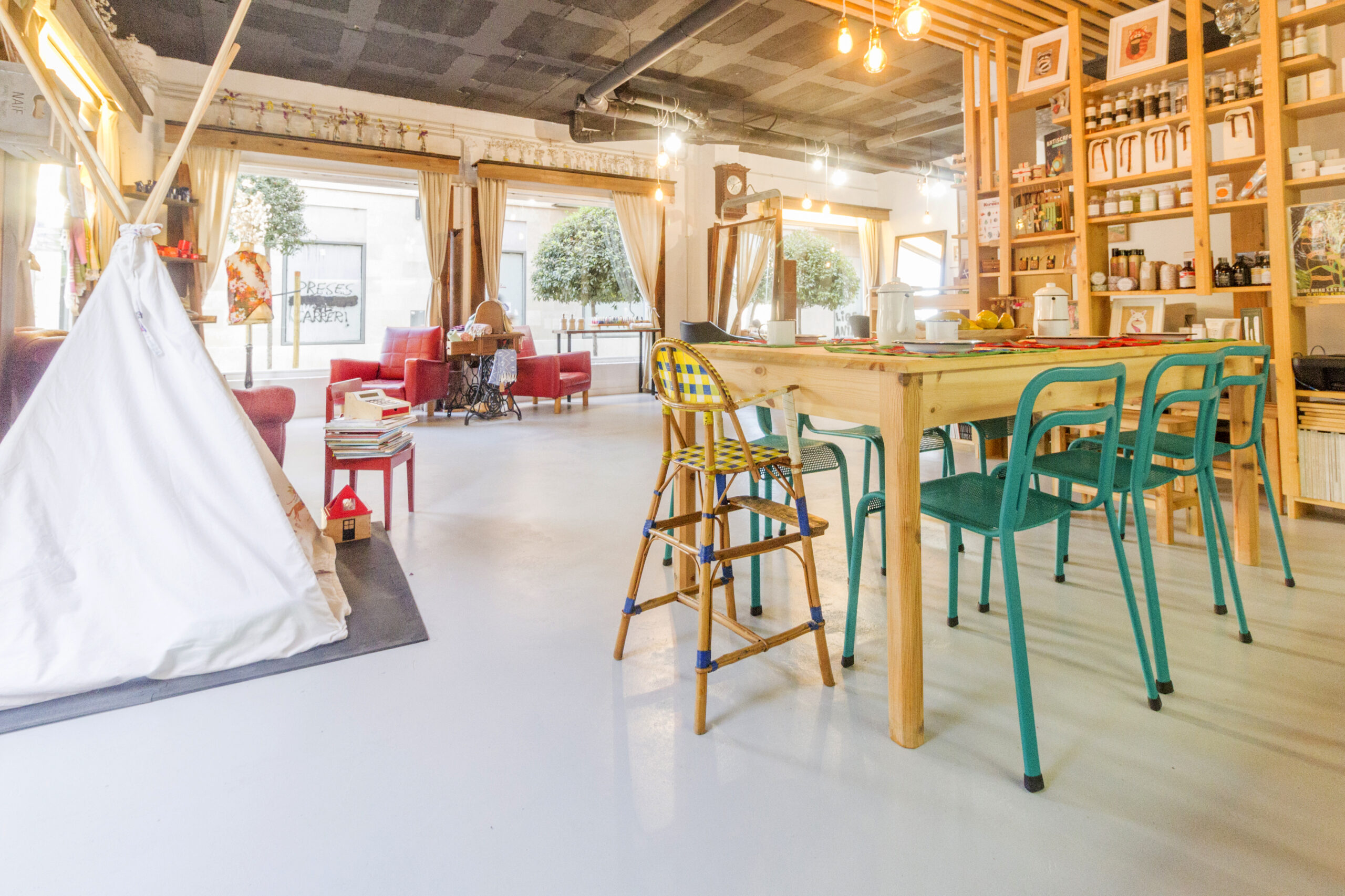Living in a cave house
Caves have been around as long as the world has existed and so has the concept of a cave den.
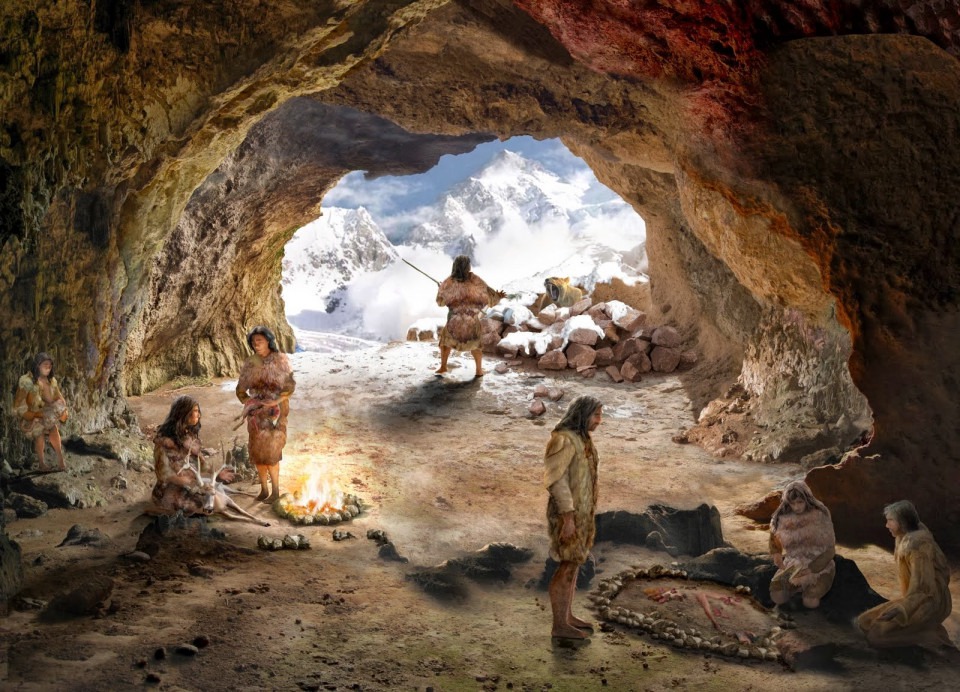
They had two moments of splendour over the centuries, in the Nasrid period, when they were conceived as a home for a family, and during the first half of the 20th century, when demographic development and the population's need to find a home brought them back to prominence. But it should not be forgotten that the CAVE HOUSES They were also more caves than houses, acting as a refuge for those who fled and were persecuted by the law, who found in the rocks the transitory calm of the fugitive.
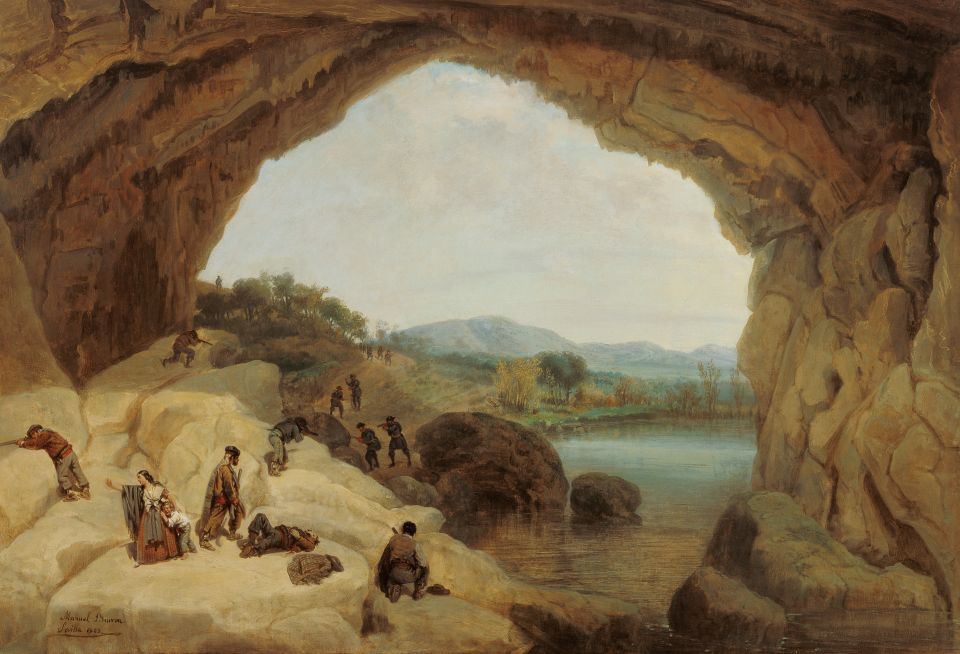
The humble origins of the first cave houses have given way over time to homes with all kinds of comforts and luxuries, such as Jacuzzi and Internet.
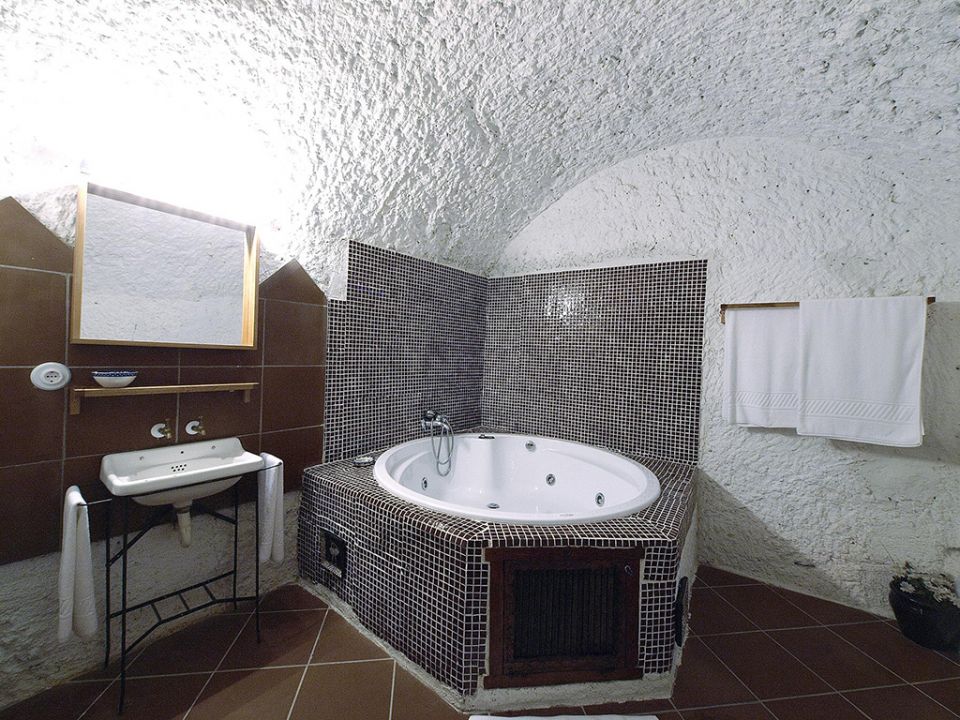
The profile of those who still own property varies over the years.. Whereas in the past it was mainly farm labourers, today it is mainly older people, young families who have inherited the houses or foreigners from northern European countries who see these houses as an exotic and sunny retirement. The prerequisites for these cave dwellings not to have been destroyed by the passing of the centuries are precisely the sun and the lack of rainfall.
But the use of cave dwellings is changing, and one of the ways in which they are being used is the rural tourismcharming lodgings with all kinds of comforts. Our country is one of the richest examples of this type of constructions and a representative example is this one cave-house in Granada announced in Airbnb.
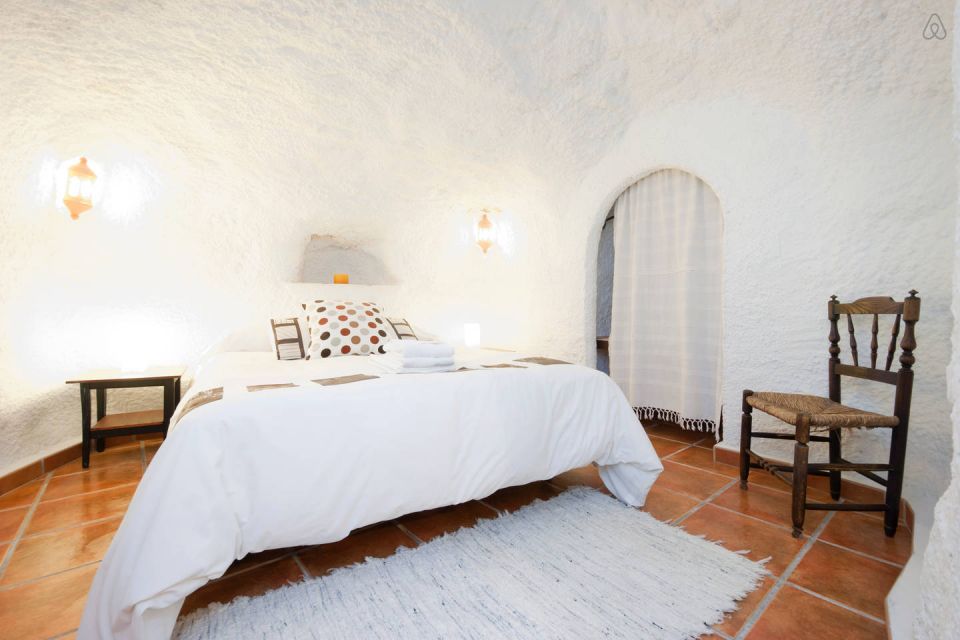
There are many other examples of refurbished and converted charming hotels in France, the USA or Jamaica. Without going any further, the hotel Sextantio Le Grotte della Civita in Italy is a good example of this trend.
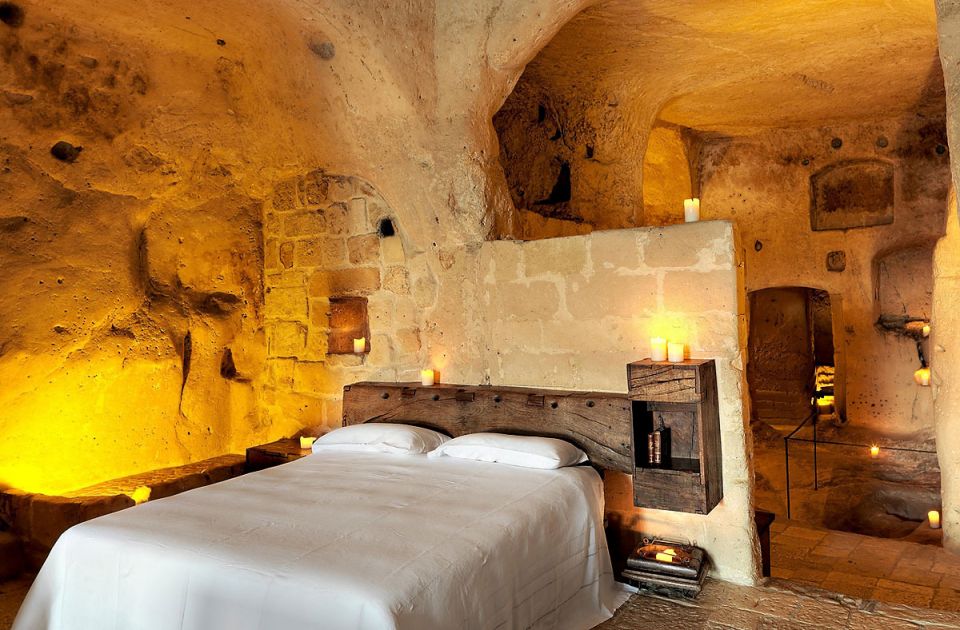
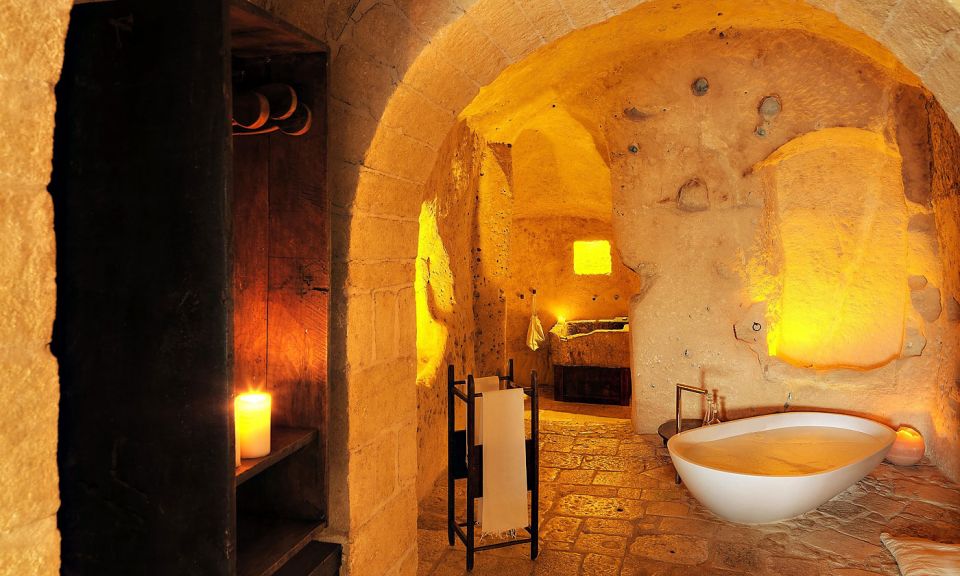
Underground architecture is evolving into design. Such is the case of the British footballer Gary Nevillewhich has a flower-shaped dwelling dug into the ground.
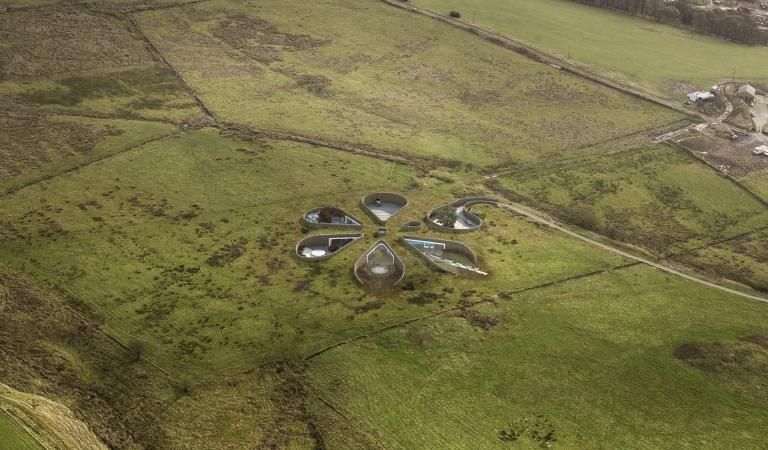
Although for lovers of tradition, this type of building "does not maintain the real essence of cave houses", says Arturo Rotán, an architect who has participated in the remodelling of some cave houses in the province of Granada. Be that as it may, the experts put the spotlight on an architect, the Swiss Peter VetschHe has been a benchmark in this type of construction since he began designing these buildings in the 1970s, and his work is controversial, as he uses elements such as cement and metal mesh in his houses. His work is controversial, since he uses elements such as cement or metal mesh in his houses and therefore there are architects who consider that his dwellings are not sustainable architecture. Would you live in a cave house?
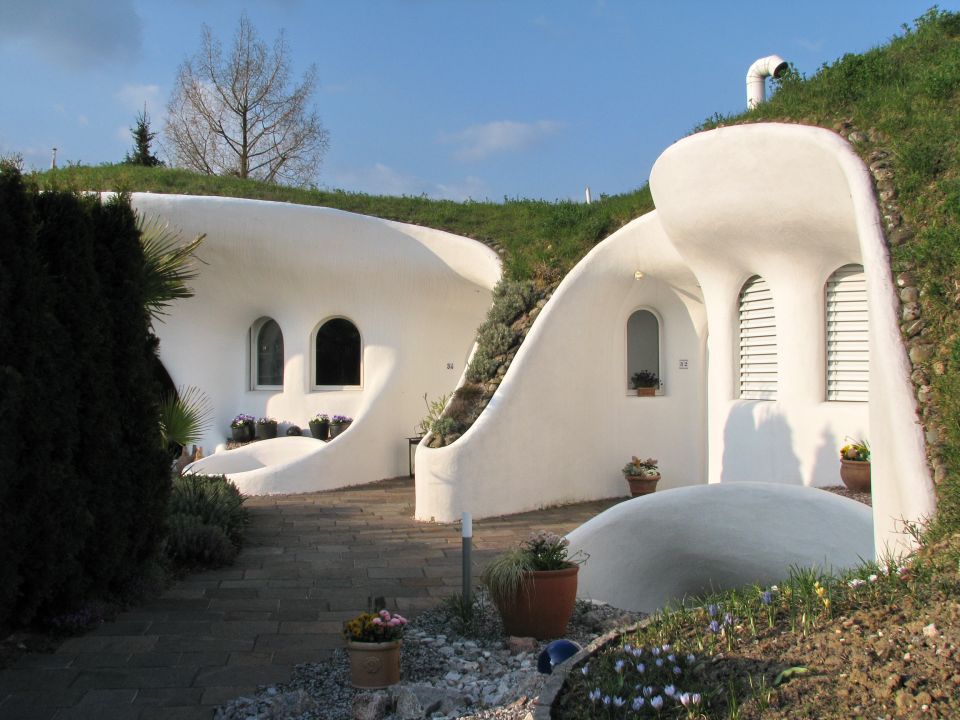
This post is a summary of the report that A. Ariztoy published in Pisos.com on the CAVE HOUSES.
Caves have existed for as long as the world has existed and so has the concept of the cave dwelling, and the humble origins of the first cave houses have given way over time to dwellings with all kinds of comforts and luxuries.



